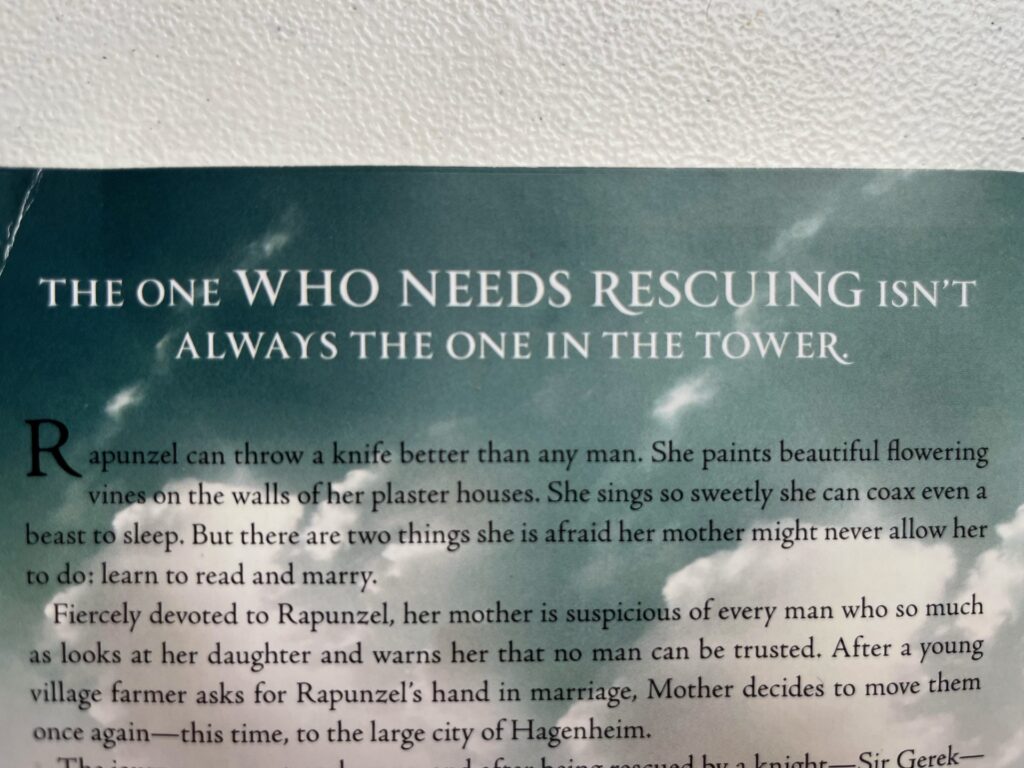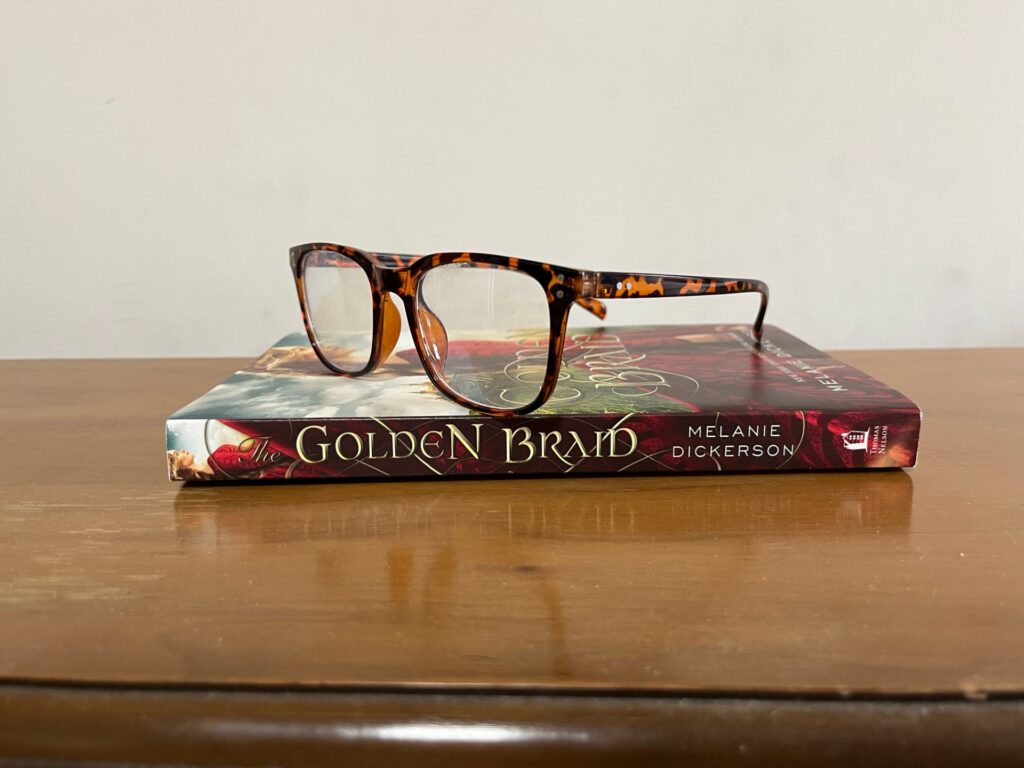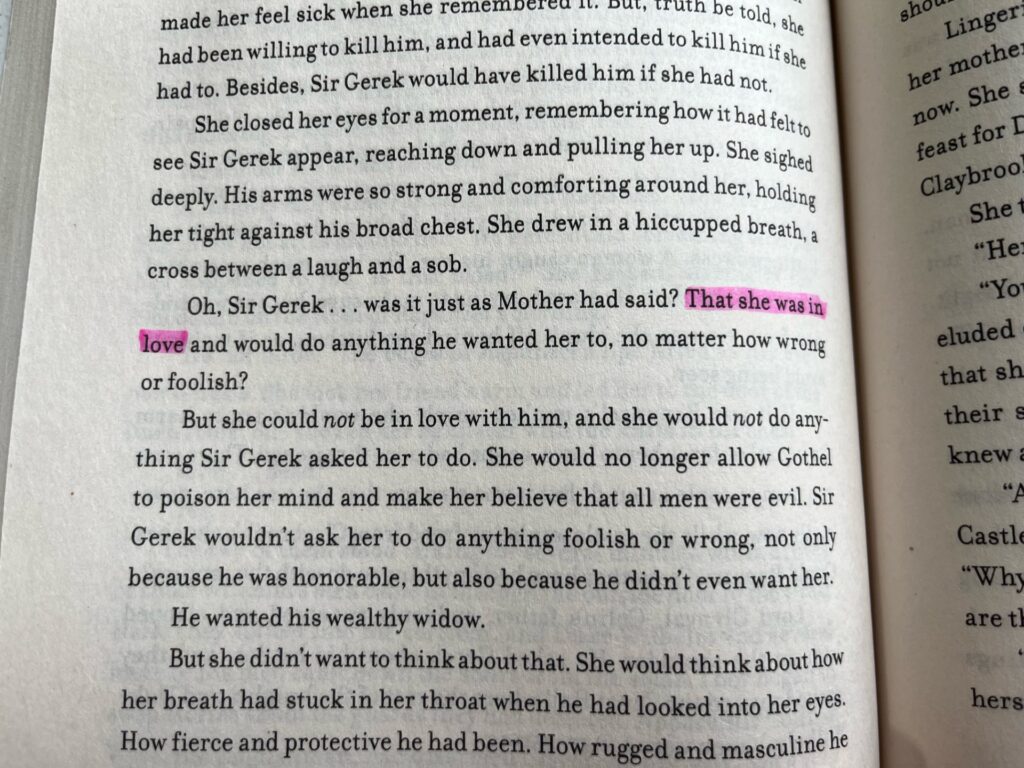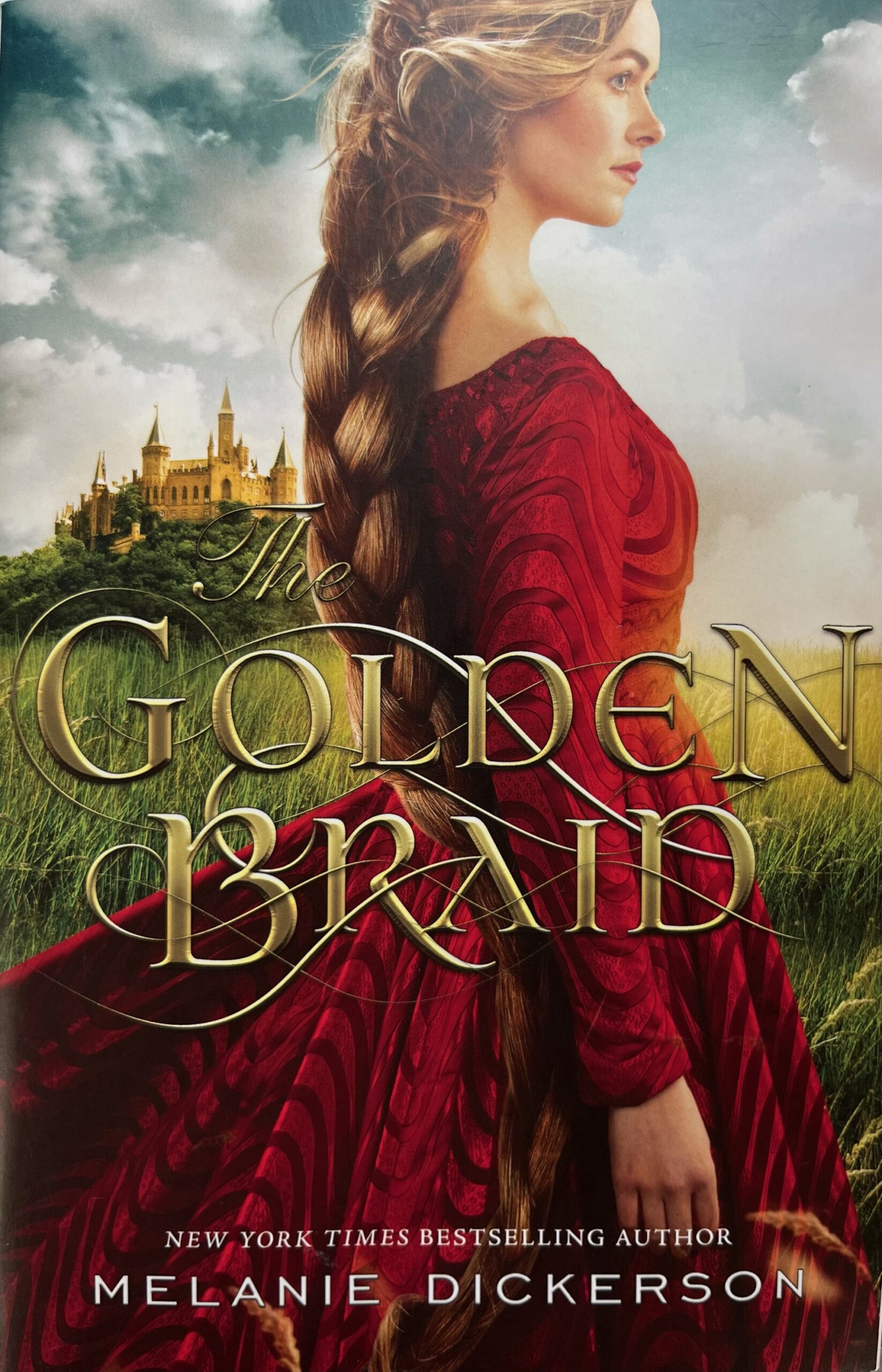“And at last, I see the light, and it’s like the fog is lifted.” These words are sung by our beloved, charismatic Rapunzel in her Disney movie by the name of Tangled when she finally can see the floating lights she has always dreamed of seeing. She is a girl who never lets herself be stopped no matter the obstacle. She is head strong, passionate, and delightful to watch. Her story, proudly having been shown around the world for almost 20 years, is one of hope and encouragement.
I would like to compare this beloved story to the retelling of Rapunzel’s story in the novel, The Golden Braid. This book by Melanie Dickerson places her story in a more realistic, historical setting. A book for older audiences, it makes the themes a little less obvious, forcing us to pay attention to ourselves. It holds a different setting, ambition, and relationship, but the message is the same.
The Tower She Never Left
In the old favorite, Tangled, the story begins with the premise that Rapunzel, an energetic and accomplished woman, has never left the tower her so-called Mother has trapped her in. This, naturally, is an unrealistic suggestion. At the very least it is hard to believe that Rapunzel would be so healthy and active if she was stuck in such a cavern. She would certainly have less of her renowned social skills and would be slower to adapt to the outside world. However, this movie is using an exaggeration to prove a point. By claiming that she has never left her tower we can immediately see the bondage she is in and the lack of knowledge she has about the outside world. It is much easier for us to deduce the state of events here.

The Golden Braid has a much more culturally accurate setting. Rapunzel is a peasant with a very overprotective mother. Money and title were necessary for a lot of things at this time- including learning to read. Girls were also not expected or often permitted to think for themselves. With her mother being the only elder in her family, she was expected to answer to her for everything. This situation was just as trapping as the physical isolation of a tower, but harder for us to understand, not being in that period.
Her Dream
Disney Rapunzel has one ultimate goal. She has been dreaming of it her whole life. Every step of her journey, every opportunity that crosses her path, is aimed towards her goal. She wishes to go see the floating lights that appear in the distance every year on her birthday. Her mother, she knows, would never allow her. Unbeknown to her, they are actually in memory of her, kidnapped from the royal family as a young child. When she captures a thief, her first and only consideration is to use him in whatever way possible to get to the floating lights. She will not be swayed from her pursuit.

The more historical version of Rapunzel has a different dream. She wishes to learn to read. This is something that her mother has refused to allow her to do. She rightfully believes that this ability will change her world and what she can do in the future. She longs to have information readily available and be able to use it. When she casts a knight into her debt, that is what she requests of him: for him to teach her to read. While they are both heavily focused on their dreams, one is certainly of more substance than the other.
Soldier vs. Sinner
The beloved animated movie brings into play a dashing young man to take Rapunzel on her journey to see her dreamt of lights. He is handsome and smart and… a thief. His first meeting with Rapunzel involves him trying to evade soldiers by climbing into her tower. While he proves not to be unkind, it is soon found that he makes his living from dishonorable pursuits. His latest operation involved thieving the royal crown. Despite this, we are moved to love him and support their union. He is astonished by Rapunzel’s kindness and sweet nature. We are not surprised when they end up married in the end.

In the unique Golden Braid, however, Rapunzel’s lover proves to be a knight. After a series of rescues in which they both help each other, Sir Gerek is indebted to her just as the thief was in Tangled. He also helps her achieve her dreams, this time by teaching her to read. Both of these lovers are arrogant, selfish men whose actions in the past at times prove to be questionable. However, this story places Rapunzel’s admirer in a more honorable position. This makes their union and happy future more realistic. It does, however, take away the effect of clarity about the grace Rapunzel shows to her imperfect partner.
In summary, this alternative Rapunzel had a different beginning, dream, and lover. This book brought a deeper and more realistic perspective on the story of this long-haired maiden. You have to seek out the themes for yourself. They are not spelled out for you like the Disney version. This is one of the reasons that I love this retelling of one of my favorite stories. It is entertaining and engaging even if you are long past your Disney-princess phase. The historical setting adds to its relevance and dynamics. Those books that open our eyes are the most impactful, so I will heavily suggest trying this one out.
